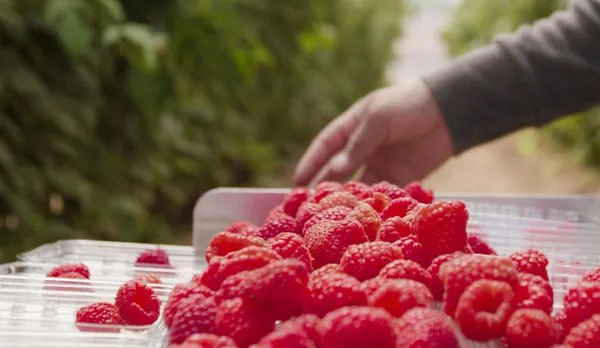Compared to this time last year, supplies of raspberries are being described as a mixed bag. Jose Saca of Wish Farms notes that supplies of the berry from Mexico got a little tight in week 22, dropping about 1.5 million kg. from week 21 to 22 according to USDA data. “The first eight weeks of the year, the volume crossing the border was substantially less than the same weeks in 2022. Weeks nine to 21, the volume crossing the border was above previous years and then week 22 volume was one of the lowest volume crossing in the last five years,” he says.

Right now, the Mexican raspberry season is about to end with many growers starting to prune their canes. Meanwhile, the California season is starting again, albeit slightly late. Mexico accounts for about 75 percent of supplies currently while California South and California Central, about 25 percent.
Increasing demand
At the same time, demand has seen improvement. “I believe more people are buying raspberries. We anticipate continued increased consumption of raspberries as more and more consumers venture in and pick a clamshell and get hooked on the flavor, in addition to all of the health benefits,” says Saca. “It is my favorite berry so I am biased, but the quality and flavor of the new varieties coming on line and available to more people will drive the market share of this berry up.”

As for pricing, Saca says it too is a mixed bag with the first eight weeks of the season, prices being above the previous five years. The following eight weeks, prices were below the last five years and the next four weeks will be in line or just above previous years. “The last two weeks' prices were higher than last year but lower than two to three years ago, according to USDA data,” he says.
Looking ahead, Saca says the next few weeks will see slightly tight volumes during the transition from Mexico finishing up to California fully entering.
 For more information:
For more information:
Nick Wishnatzki
Wish Farms
Tel: +1 (813) 752-5111
marketing@wishfarms.com
www.wishfarms.com
